Bird Of Paradise Plant / Strelitzia reginae
The Bird of Paradise plant gets allure name from its singular, elongate-like flower, looking like a vivid equatorial bird. Coming from the equatorial backgrounds, it is hailed for allure dense leaves and sculptural advantage. Even when not blooming, the plant is prominent, accompanied allure big, paddle-shaped leaves that open delightfully. You can bring this beauty to your place without worrying about its care and maintenance guidelines.
How to Care for the Bird of Paradise Plant?
This plant booms with brilliant light, affection, and constant humidity, along with the following key points essential for its care:
- Soil
Bird of Paradise prefers well-draining and nutrient-rich soil. You can use high-quality soil and avoid too dense or heavy soil in order to avoid root rot. - Water
Water your Bird of Paradise plant twice or thrice weekly. Go ahead with watering only when the top 1–2 inches of soil is dry. You must ensure proper watering during the growing season (spring and summer) and reduce it during the cold. - Light Requirements
This plant thrives in sunny and proper sunlight. It requires six to eight hours of direct daytime sunlight, particularly morning sunlight. In reduced light, growth concedes the possibility of slow and flowering can not happen in your Bird of Paradise. When growing indoors, please place your plant in the south or west-facing window. - Temperature and Humidity
The ideal weather temperature for your Strelitzia Reginae plant is from 18°C to 30°C. It can withstand minor temperature changes but prefers moderate to extreme humidity levels. So, you can use a humidifier or pebble plate if the air is dry when growing it indoors. - Pest
Generally bug-opposing, but it can attract common garden pests in dry environments. So, you must wipe leaves and apply dedicated pesticides in order to avoid infestations. Further, try to ensure good air distribution to check bugs. - Fertilizer
Feed your Bird of Paradise during spring and summertime with a high-quality dry or liquid fertilizer. Avoid over-fertilizing, which can cause limited growth and reduce the fertilization during cold.
- Pruning & Maintenance
Trim off dead or yellowing leaves from the base of the Strelitzia Reginae plant to help healthy development. Wipe leaves of this plant to erase dust and repot it after 2 to 3 years with a pot having good drainage.
Key Features and Benefits of Bird of Paradise Plant
The top features and benefits of this plant make it a top favorite among houseplant companions.
- Unique Looks
The emblematic orange and blue flowers of Strelitzia Reginae feature a bird in flight, making it a beautiful decorative piece inside or in equatorial flowers. Even when not thriving, its structural leaves create ocular appeal. - For Beginners
Though it looks glamorous, it is really a reduced-support plant that requires the right environments, ideal for neophyte plant enthusiasts who want an insolent assertion plant. Strelitzia Reginae are too likely to fit better to variable temperature environments, making them ideal for both household and almost-rustic districts. - Vastu Importance
In Vastu, the Strelitzia Reginae plant represents independence, artistry, and affluence. Placing it in the southeast or oriental corner is trusted to bring throbbing strength and readiness to the home or office. - Air Purification
Like many other plants, Bird of Paradise helps you by filtering contaminants and removing moisture in the household air. Hence, it helps in building a healthier environment.
The Bird of Paradise plant is a perfect blend of advantages and benefits, making it a manageable addition. With just fundamental care, it rewards you with insolent leaves and mysterious blooms that can bring happiness to any place.
FAQs
Q. How long does it regard a certain way the Bird of Paradise to bloom?
A. It usually blooms at 3–5 years of age, accompanied by decent care, particularly when of an age nature or in a brilliant household.
Q. Can I evolve Bird of Paradise inside?
A. Yes, it evolves well inside, accompanying brilliant, indirect sunlight and a warm, moist atmosphere.
Q. Why are the leaves of my Bird of Paradise dividing?
A. Leaf dividing helps the plant oppose wind damage. However, reduced or weak watering can further contribute to ensuring constant dampness and moisture.
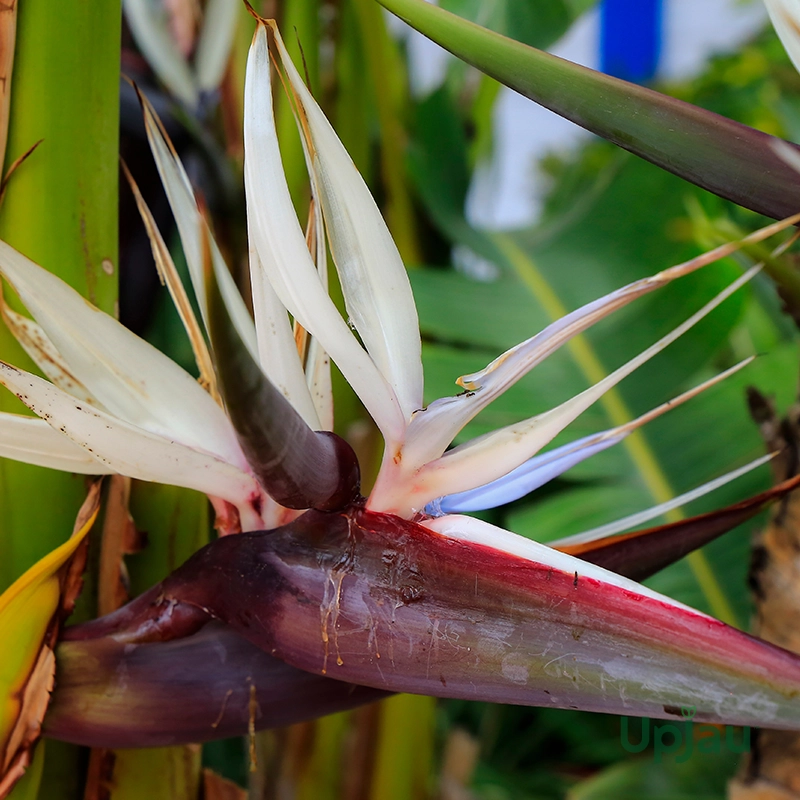


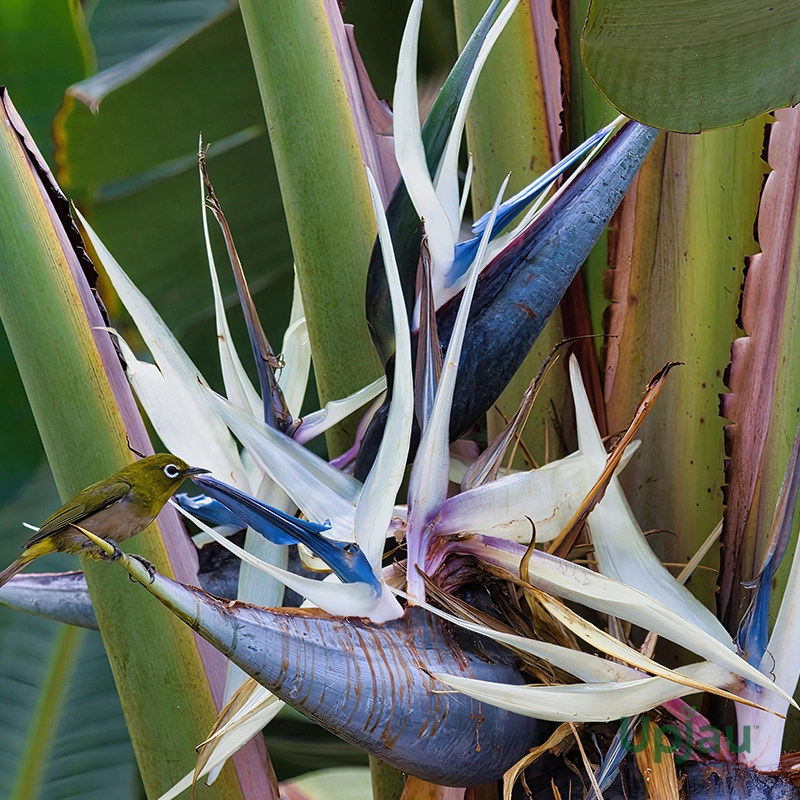


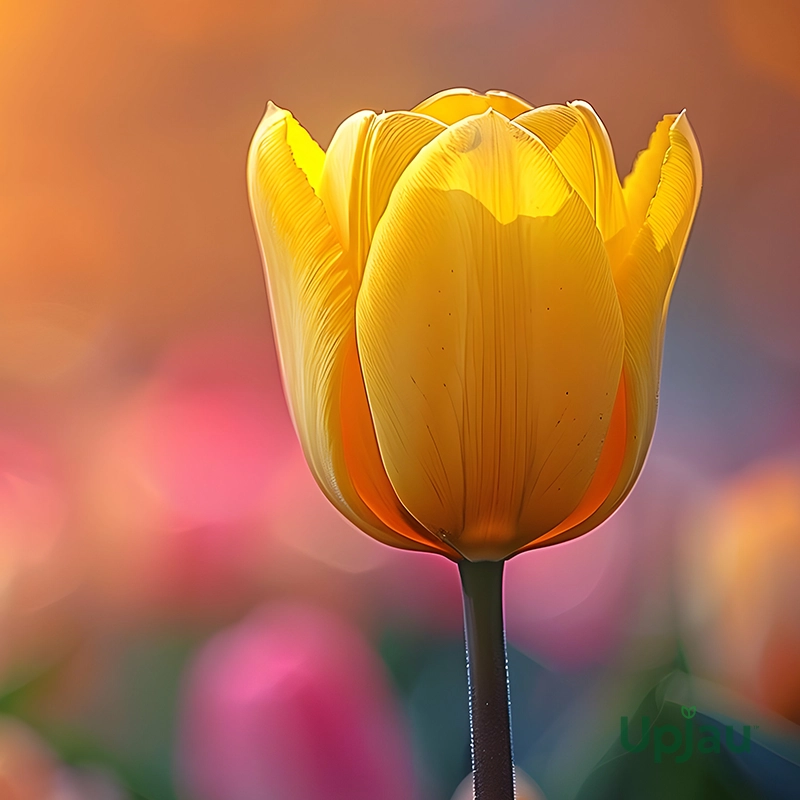

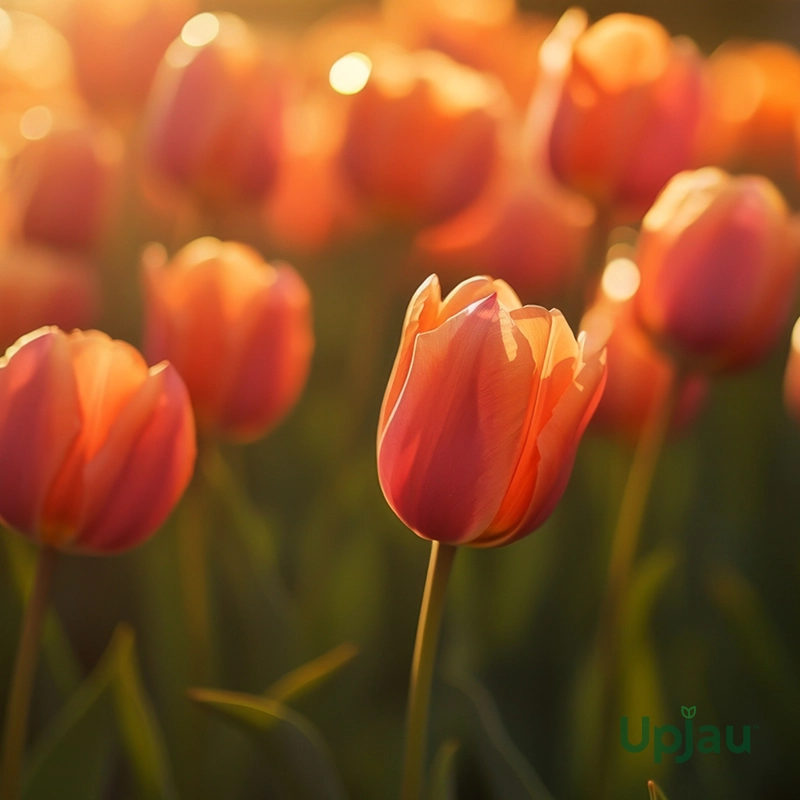
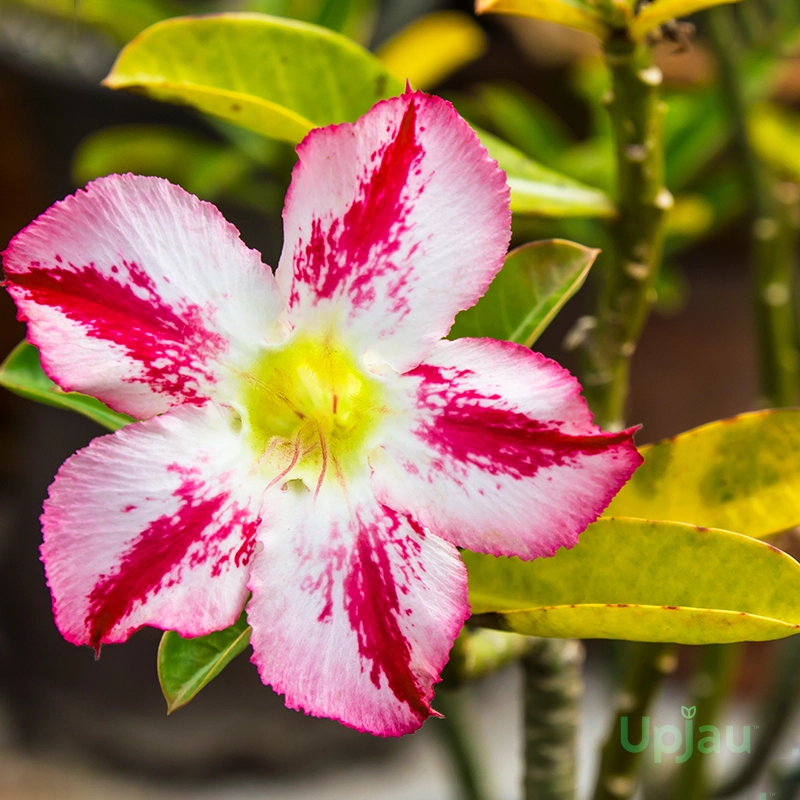


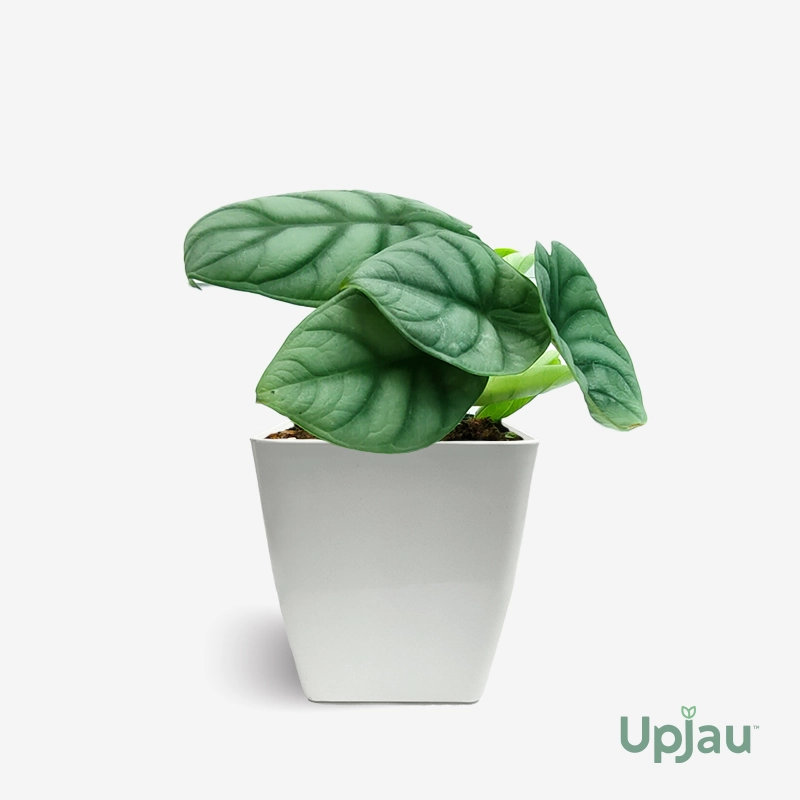
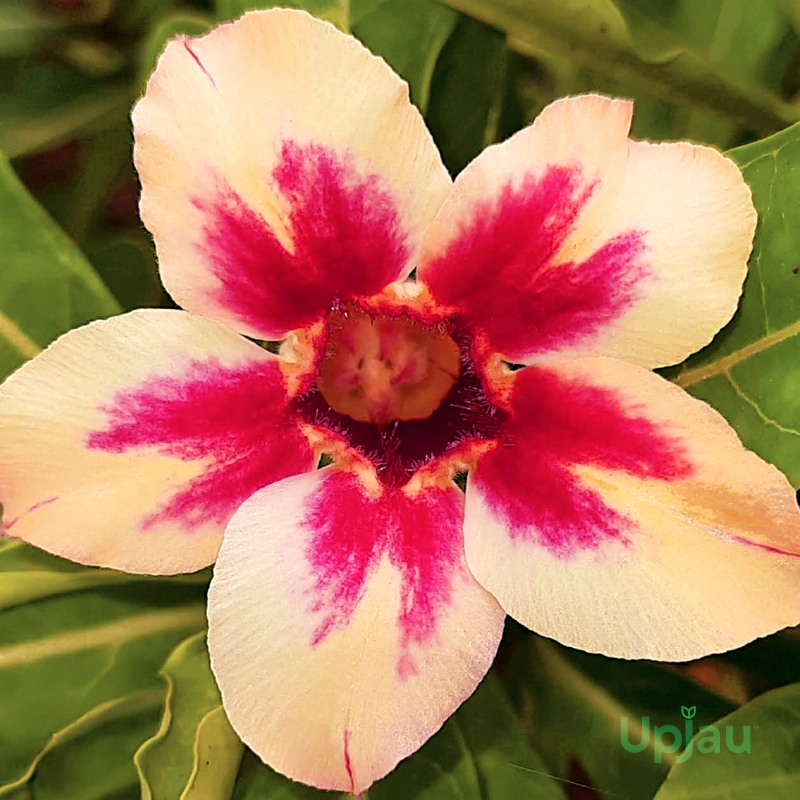
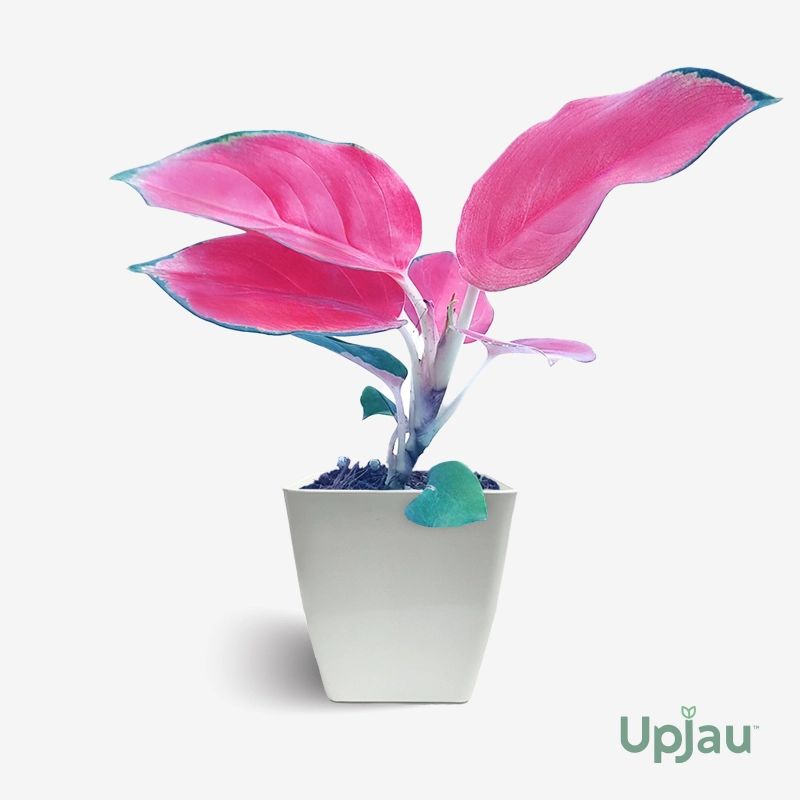
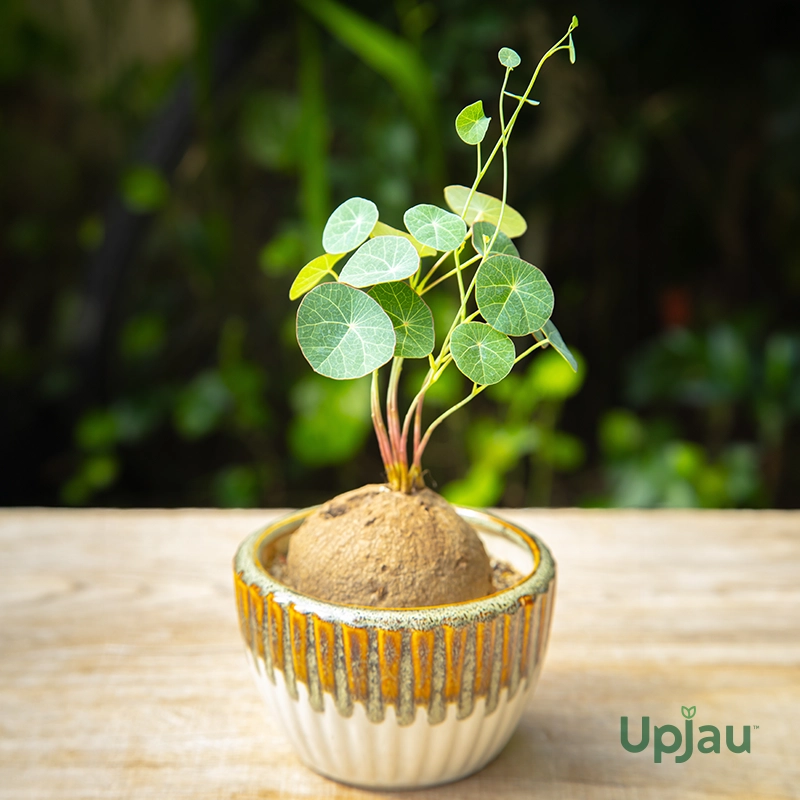



Reviews
There are no reviews yet.